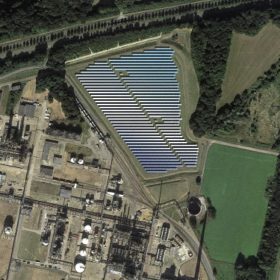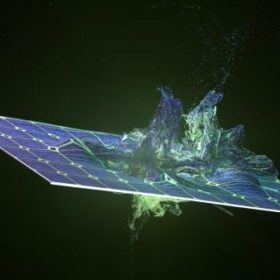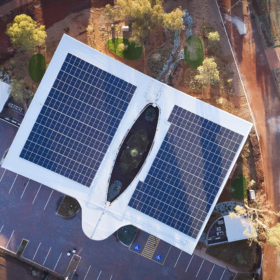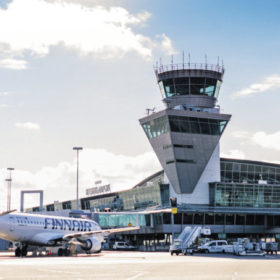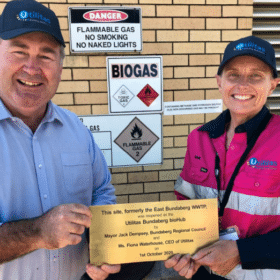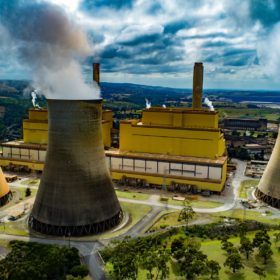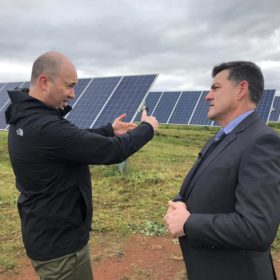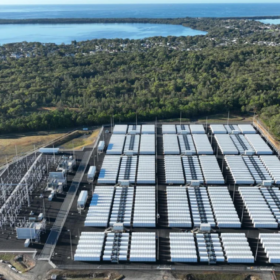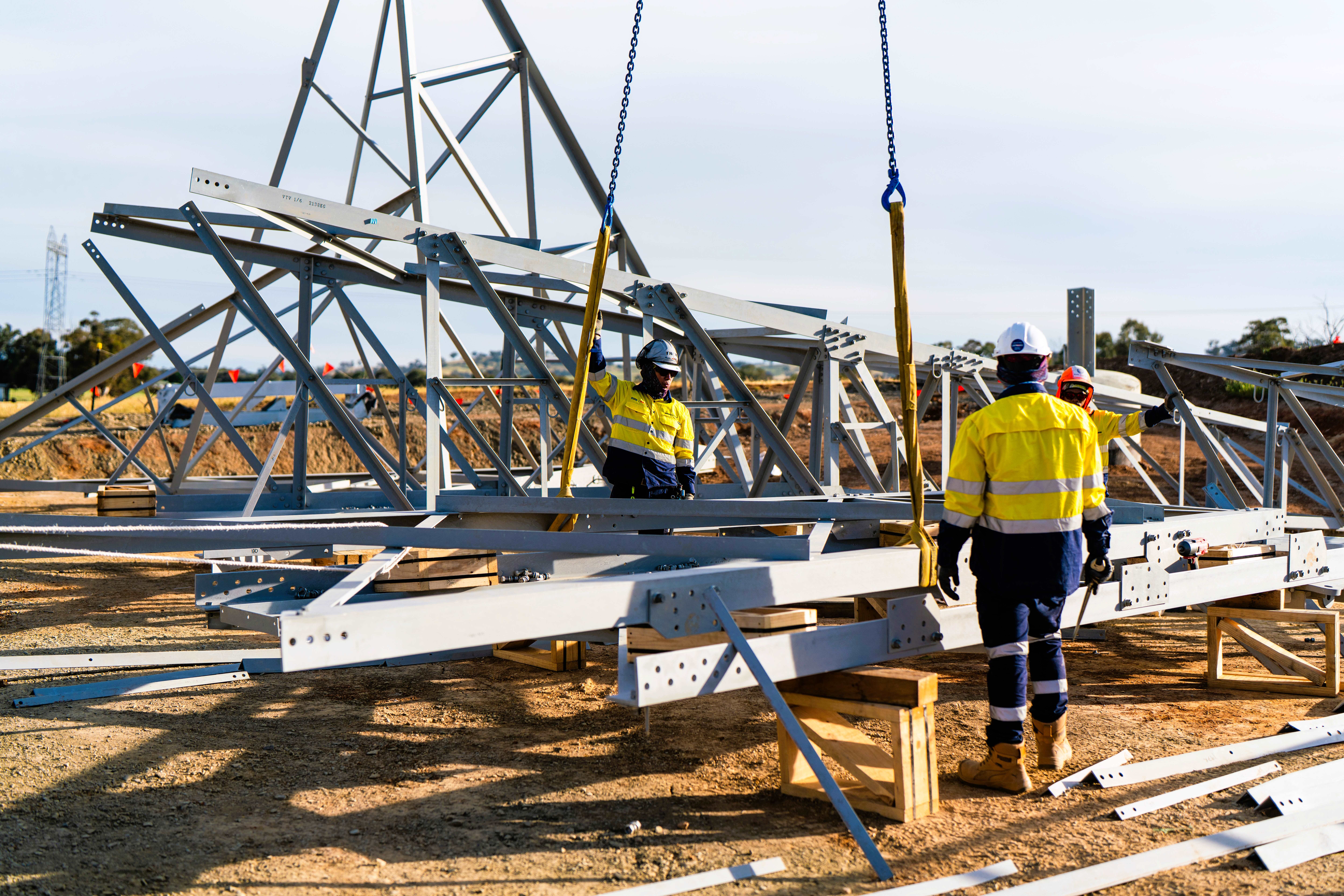Saturday read: Politicians tend to overpromise, except when it comes to solar
The speed of all transitions is inherently underestimated, and solar PV is no exception. The EU has grossly underestimated its coming of age, as its forecasts for 2020 were off by 67% for the Netherlands and 74% for Germany, writes Rolf Heynen, CEO of Dutch New Energy Research.
Environment minister threatens shake-up for module manufacturers
Solar PV module manufacturers have been put on notice with Environment Minister Sussan Ley warning they need to formulate a recycling strategy as the growing number of decommissioned panels threatens a waste management nightmare.
Taylor’s plans for ARENA under scrutiny in senate
Legal doubts have emerged about the Morrison government’s proposed change for the Australian Renewable Energy Agency which would allow it to finance a broader range of technologies including some using fossil fuels.
WoodMac forecasts Australia’s low-carbon hydrogen export revenue to reach US$90 billion by 2050
Wood MacKenzie’s energy transition modelling is predicting a primacy in the future low-carbon hydrogen economy for Australia. Thanks to the country’s solar irradiance and renewable energy expertise, as well as its relative proximity to major off-taker markets, Australia could be looking at export revenues of up to US$90 billion by 2050.
AEMO analysis finds Western Australia on the fast track to energy system transformation
The Australian Energy Market Operator’s latest analysis of the Western Australian Wholesale Energy Market has found that investment in renewable generation and distributed solar is accelerating at a rapid pace, and importantly, that that acceleration is within the control of the state’s energy transition strategies.
UN wants to reduce carbon footprint of peacekeeping
The international organisation has pledged to deploy clean energy generation equipment wherever possible in its global operations, with the help of the International Renewable Energy Agency.
How a Queensland city’s co-location past is fuelling its green hydrogen future
In the world of renewable energy, the past carries charge. It can be an anchor, a learning curve, a hurdle. In Bundaberg, it’s quite literally the fuel for the future. And that green future is being energised by an unusual crew: its local government.
Victoria declares ‘energy emergency’ with Yallourn Power Station at risk
Australia’s coal-fired power generators are again in the spotlight with the Victorian government declaring a state “energy emergency” as damage caused by recent flooding in the Latrobe Valley threatens the ongoing viability of the 1.48 GW Yallourn power station.
NSW to invest record $380 million for renewable energy rollout
The New South Wales government will allocate $380 million in next week’s budget to help fuel investment in large-scale renewable energy as it continues its transition away from coal-fired generators.
Solar panels installed across 59 bus and train stations in Perth
Over 1000 kW of solar capacity is being installed atop 59 Western Australian train and bus stations, with work already completed at a number of the sites.
